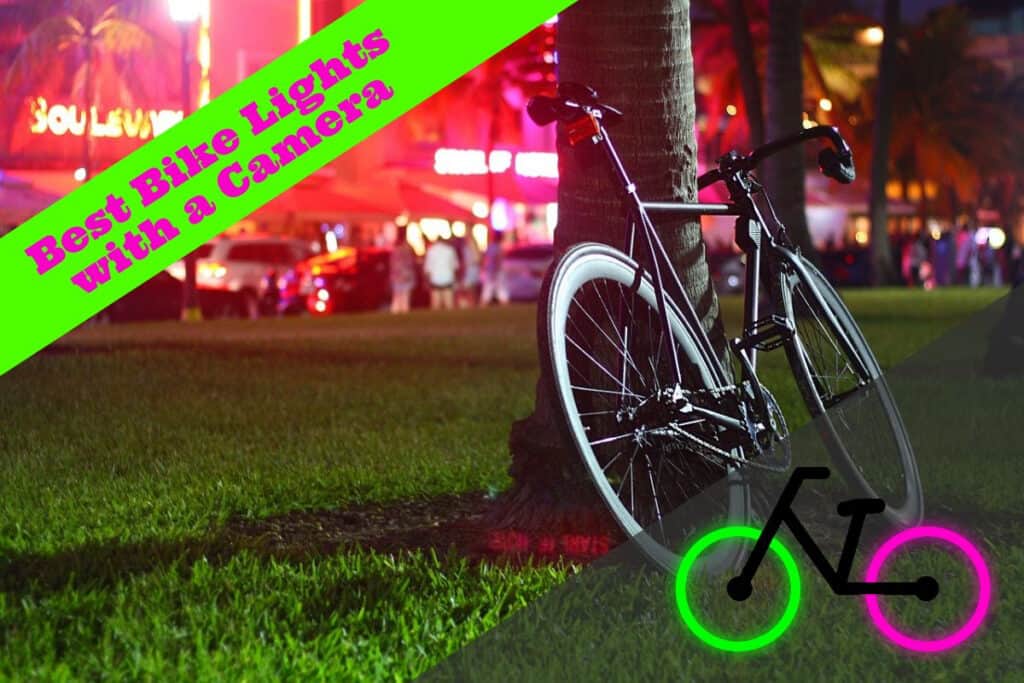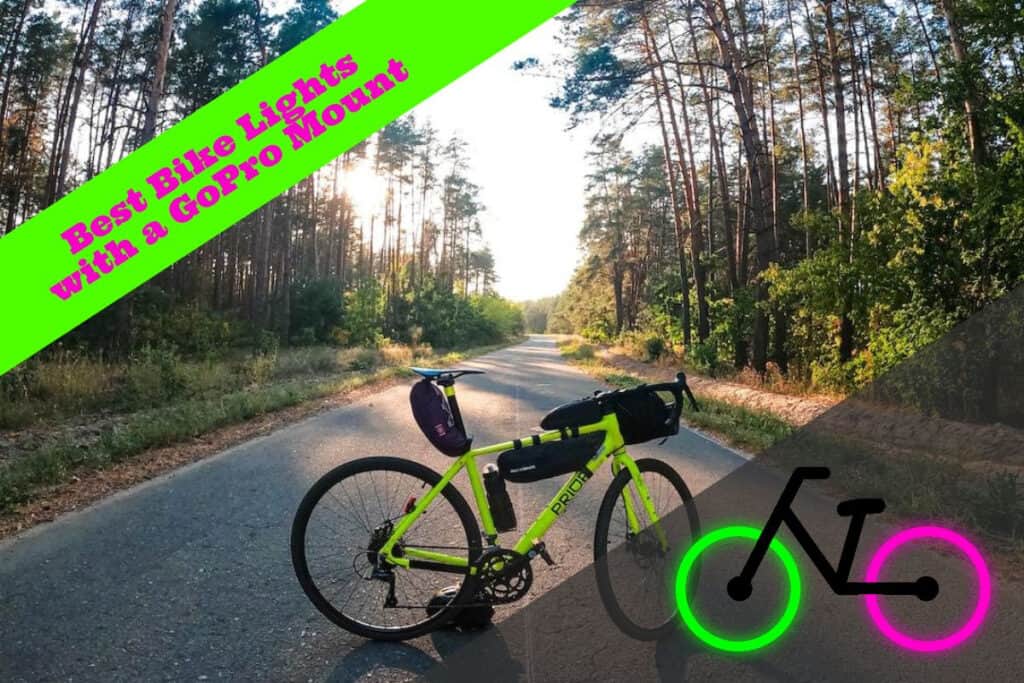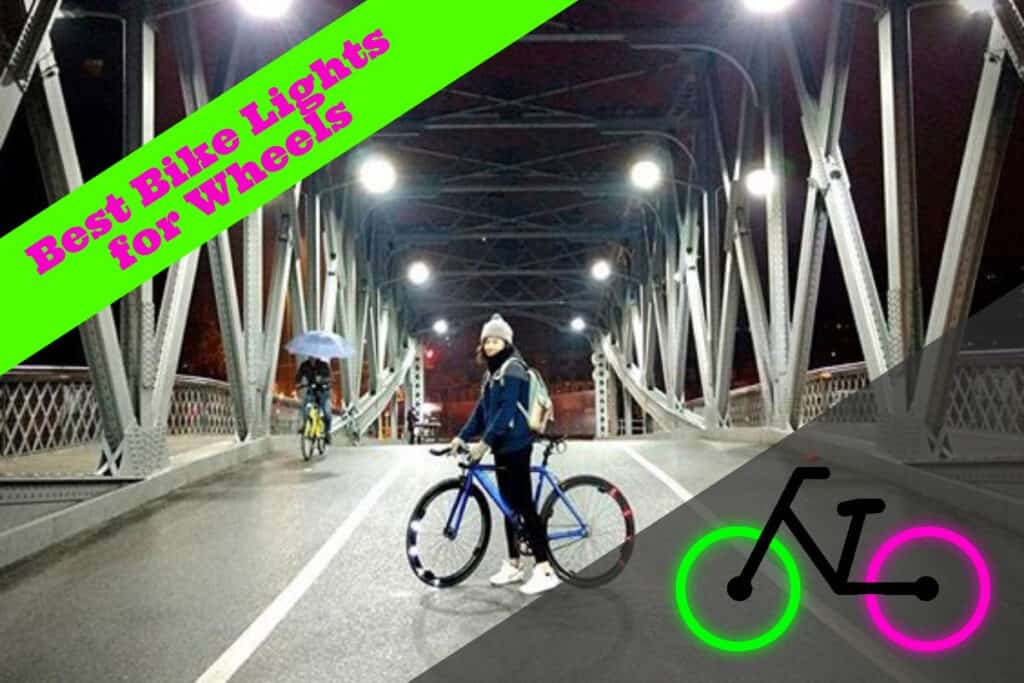Choosing the right light bulb for enclosed fixtures isn’t just about brightness; it’s about safety and efficiency too. You’ve probably noticed that some bulbs get alarmingly hot, but did you know that the wrong type can be a fire hazard or burn out faster in an enclosed space?
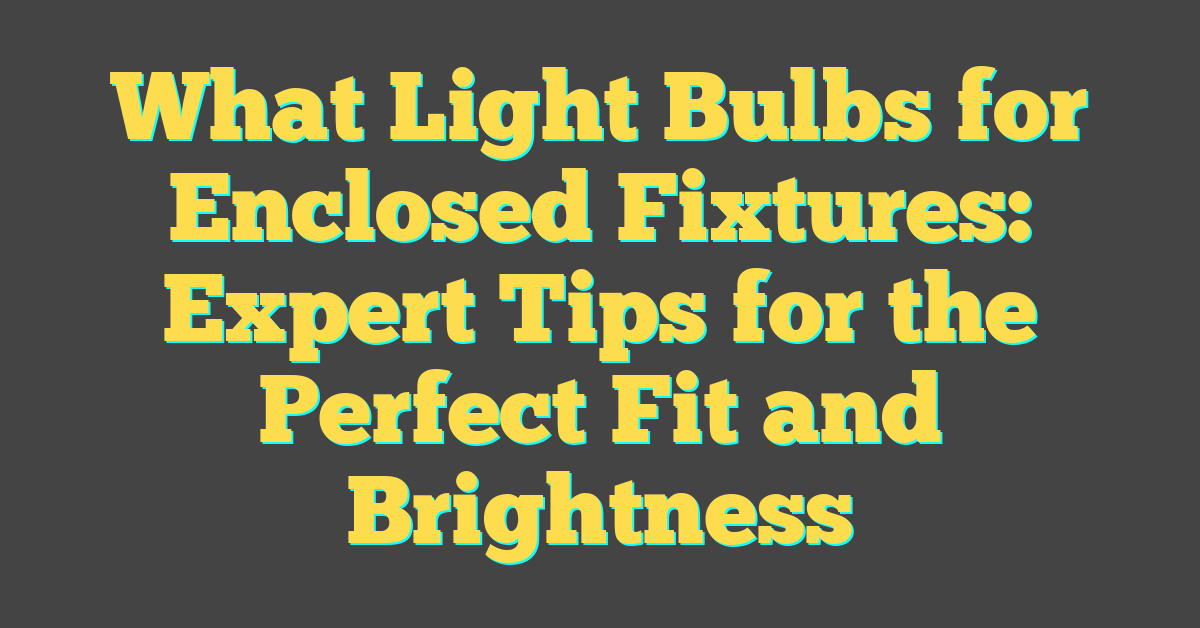
Let’s dive into the world of bulbs and fixtures. You’ll discover which bulbs are best suited for those cozy, enclosed spots and why. It’s not just about fitting into the socket—it’s about finding the perfect match for longevity and optimal performance.
Understanding Enclosed Fixtures
Have you ever wondered why certain light bulbs fizzle out faster in your enclosed fixtures? It’s not by chance—enclosed fixtures are different beasts altogether.
First off, let’s define what an enclosed fixture really is. It’s any lighting fixture that has a cover or globe completely surrounding the light bulb. These fixtures can be found indoors or outdoors, and range from bathroom vanity lights to outdoor porch lights. Now, it might seem trivial, but this setup significantly affects bulb performance.
The critical thing to remember is heat. Enclosed fixtures trap more heat than open fixtures, and heat is a major enemy of light bulbs. Traditional incandescent bulbs generate a lot of it, which isn’t ideal. The excessive warmth can shorten bulb life and even pose safety risks. However, if you’re thinking LEDs are the catch-all solution, pump the brakes. Not all LED bulbs are designed for the heat build-up in these tight spaces.
You’ll want to look for bulbs specifically labeled for enclosed fixture use. These bulbs are built to withstand higher temperatures without their performance taking a nosedive. But it’s not just about durability. The right bulb ensures that you won’t have to unscrew your fixture cover every few months to replace a burnt-out bulb.
Consider lumens, not watts, when choosing a bulb for these tricky spots. Lumens measure brightness, while watts measure energy consumption. Thanks to modern technology, you can now have a bulb that’s both bright enough and energy-efficient without generating excessive heat.
Making the Right Choice
To recap, you’ll need a bulb that:
- Manages heat well
- Saves energy
- Provides sufficient brightness
Before you run out and grab the first bulb labeled for enclosed fixtures, know this: different brands have varying standards. It pays to invest in quality bulbs that promise longevity.
So when you’re scouring the aisles or surfing online for that perfect bulb, take a moment to research. Check reviews and understand the specifications. Lighting should be one of those set-it-and-forget-it aspects of your home. With the right bulb for your enclosed fixtures, it’s a reality within reach.
The Importance of Choosing the Right Light Bulb

When you’re dealing with enclosed fixtures, picking the right light bulb isn’t just a matter of brightness or energy efficiency; it’s a safety decision as well. Overheating is the nemesis of light bulbs in these tricky enclosures, and choosing an ill-suited bulb can not only waste your money but could also be a fire hazard.
Because of this, it’s essential to select bulbs that are designed to handle the increased heat. Manufacturers often label these as “enclosed fixture rated”. These specially designed bulbs maintain performance and longevity despite the heat challenges. It’s akin to choosing a high-performance fan for your computer – without it, the system can overheat and fail.
Delving into the specifics, LEDs are the modern go-to for most lighting needs due to their energy efficiency and longevity. However, don’t make the mistake of assuming all LED bulbs are fitting for your enclosed fixtures. Some LEDs dissipate heat less effectively, which can be compounded in an enclosed environment. To avoid poor performance or potential hazards, double-check the specs:
- Look for “enclosed fixture compatible” on the packaging
- Check the maximum wattage for your fixture and confirm the bulb meets those requirements
- Consider the bulb’s lifespan claims and warranty
Besides enclosed fixture compatibility, lumens are the name of the game when you need to light up a room. You’ll want a bulb that offers sufficient brightness without going overboard. Here’s an easy reference to help you translate watts to lumens:
| Watts (Incandescent) | Lumens (LED) |
|---|---|
| 40W | 450lm |
| 60W | 800lm |
| 75W | 1100lm |
| 100W | 1600lm |
« Is It OK to Store Light Bulbs in the Garage? Find Out Safe Storage Tips
Which Light Bulb Do I Have? The Ultimate Guide to Upgrading Your Lights »
Remember, a higher lumen count signifies more brightness, which is exactly what you need in a fixture where light can be absorbed or obstructed by the enclosure.
Don’t overlook the color temperature too. In fixtures where the bulb is visible, you might favor a warm white that creates a cozy ambiance, while cooler whites are typically better for concentration and task lighting. Your home DIY projects can benefit greatly from the right lighting conditions, which only the suitable light bulb can provide.
Factors to Consider when Selecting Light Bulbs for Enclosed Fixtures

As someone passionate about home DIY projects and lighting, you know that the perfect lighting can completely transform a space. When you’re looking to install light bulbs in enclosed fixtures, there are several factors you must consider to ensure you make the best choice for both functionality and ambiance.
Heat Tolerance
Enclosed fixtures trap heat, and bulbs that aren’t designed for that can quickly burn out or, worse, cause damage. Always opt for bulbs that are specifically labeled as suitable for enclosed fixtures. These bulbs are built to withstand higher temperatures and will often have advanced heat dissipation features.
Bulb Type
LEDs are a popular choice due to their energy efficiency and longevity. However, not all LEDs work well in enclosed spaces. Check the packaging or manufacture specifications to confirm your LED bulb can handle the heat. CFLs and incandescent bulbs might be an alternative, but they too have their pros and cons in enclosed fixtures.
Lumens Over Watts
When selecting a bulb, focus on lumens—the measure of brightness—rather than watts, which indicate energy consumption. This is especially vital in enclosed fixtures where you might need a brighter bulb due to the diffusion of light through the fixture’s cover.
- Brighter spaces: Look for higher lumens.
- Softer ambiance: Choose fewer lumens.
Color Temperature
Color temperature is measured in Kelvin and refers to the warmth or coolness of the light. This is crucial for setting the right mood in a room.
- Relaxing environment: Select a lower Kelvin, which provides a warm, cozy glow.
- Workspaces: Go for higher Kelvin bulbs that simulate daylight and increase concentration.
Bulb Size and Shape
Enclosed fixtures have limited space, so make sure the bulb you buy fits well. Physical dimensions are as important as light output, so double-check the size and shape against your fixture’s requirements.
Remember, you’re crafting the light experience of your home. Paying attention to these factors ensures your enclosed fixtures are lit beautifully and safely, enhancing the comfort and appeal of your living spaces.
Types of Light Bulbs Suitable for Enclosed Fixtures
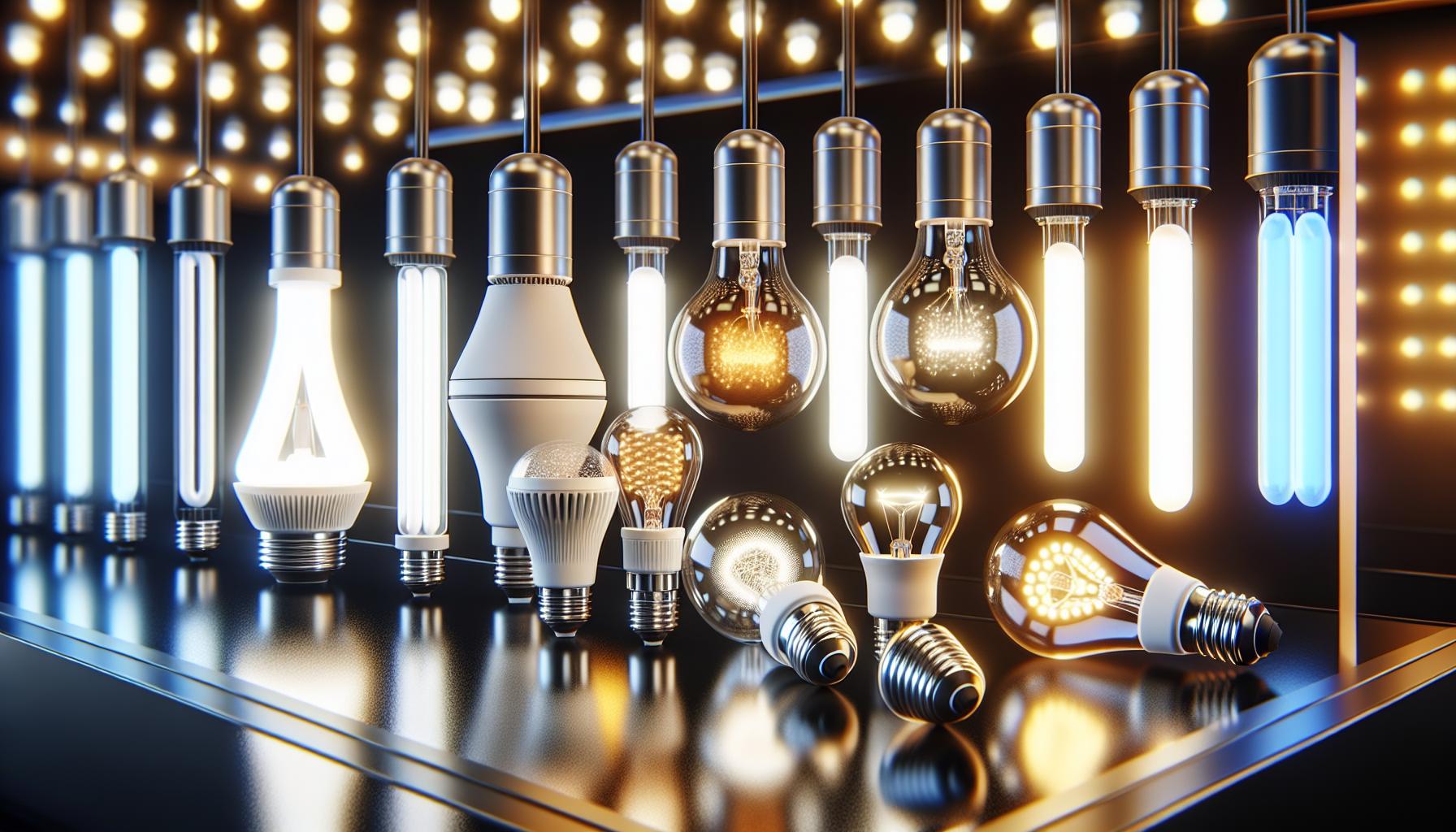
When you’re on the hunt for the perfect light bulb for your enclosed fixture, you’ve got a variety of options to sift through. Narrowing down your choices can seem daunting, but focusing on bulbs specifically designed for enclosed spaces is the way to go. You’ll want to look at LED, compact fluorescent lamps (CFLs), halogen, and incandescent bulbs, each with its virtues and limitations.
LED bulbs are a top pick for many homeowners thanks to their longevity and energy efficiency. They produce far less heat compared to other types, making them a safe bet for enclosed fixtures. However, it’s crucial to verify that the LED bulb you choose is rated for enclosed spaces. This ensures it’s engineered to handle the heat and won’t leave you in the dark prematurely.
CFLs are another energy-efficient option, and much like LEDs, they have to be enclosed-rated. They take a bit longer to illuminate fully, but once they do, they provide a steady, bright light. It’s worth noting, though, that CFLs contain a small amount of mercury, so you’ll need to handle them with care and dispose of them responsibly.
Halogen bulbs are gradually fading from the spotlight but might still be found in your toolbox. If you favor the bright, white light they emit, ensure they’re enclosed-rated to avoid safety risks. Remember, halogens run hotter than LEDs and CFLs, so they’re not the most efficient choice if you’re mindful of your energy bill.
As for incandescent bulbs, they’re the old-school option and not often recommended due to their high heat output and inefficient energy use. If you’ve got a soft spot for them, keep an eye out for those that are safe for enclosed fixtures; otherwise, they’re best for open lamps where they can breathe.
Remember, whatever bulb type you lean towards, safety and suitability come first. Always check the package for the enclosed fixture rating and confirm that the bulb can handle the temperature within your specific fixture. By selecting the appropriate bulb type, you’ll keep your enclosed fixtures bright, energy-efficient, and most importantly, safe.
Tips for Buying and Installing Light Bulbs for Enclosed Fixtures
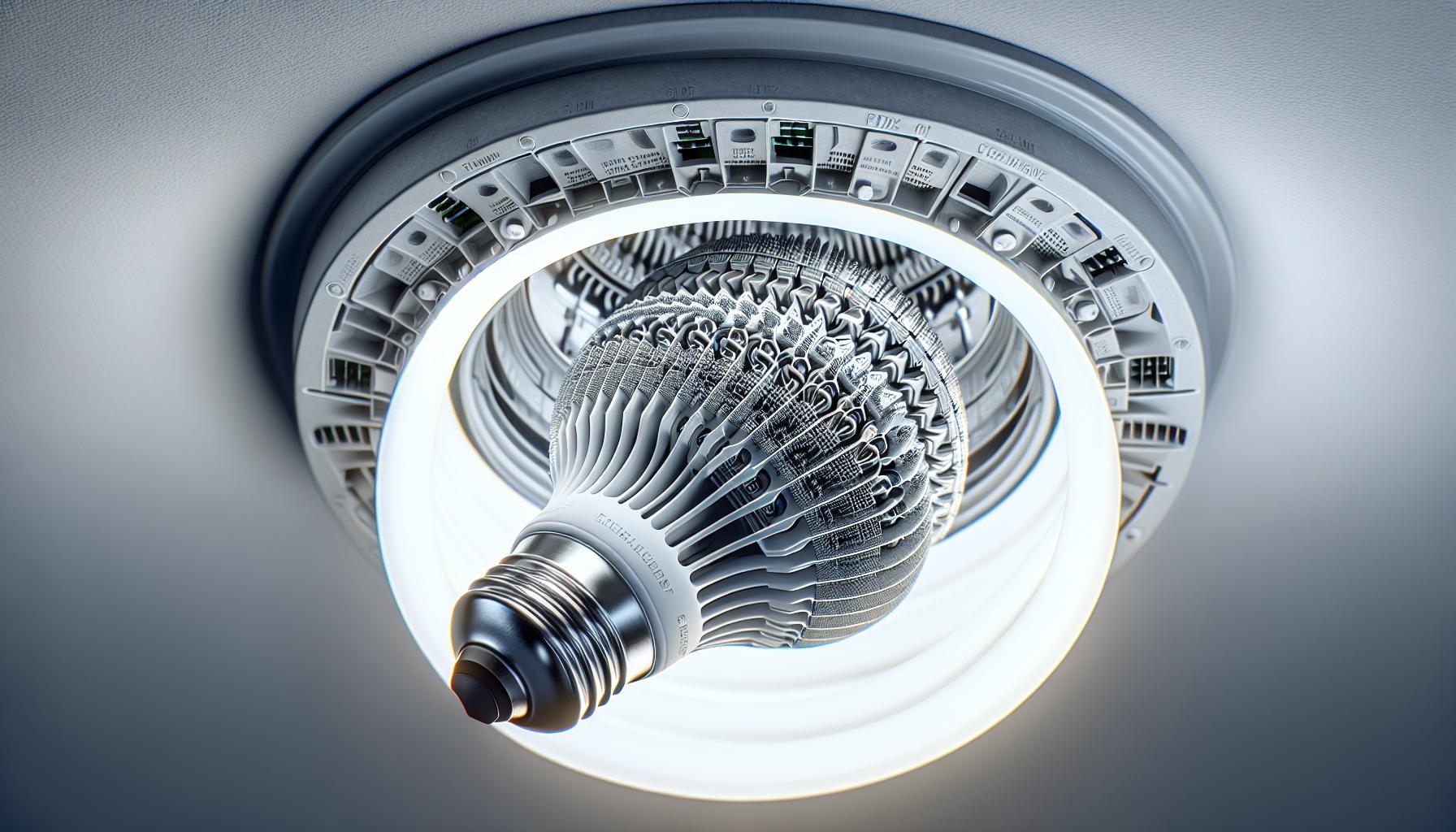
When you’re out shopping for bulbs to use in enclosed fixtures, pay close attention to the label. Manufacturers often provide specific instructions or indicators showing that a bulb is suitable for enclosed spaces. Overlooking this detail can lead to premature bulb failure or even safety hazards.
Here are some features to look for:
- Heat management capabilities: Enclosed fixtures generally trap heat, which can shorten the bulb’s lifespan. Look for bulbs with advanced heat sink technology.
- Energy efficiency ratings: To save on your electricity bills, prefer bulbs with a high efficiency rating.
Next, focus on the bulb’s brightness and color temperature. You wouldn’t want a bulb that’s too bright or too dim for your space, so check the lumen output to find the right balance. The color temperature, measured in Kelvins, affects the mood and functionality of the room. Warmer temperatures, around 2700K, are ideal for cozy, relaxed settings while cooler temperatures, closer to 5000K, are suitable for workspaces and kitchens.
Installation is another vital piece of the puzzle. Turn off the power before you start. It’s more than just a safety tip — it’s a must. Engage the bulb firmly into the fixture to ensure it’s secure but avoid overtightening, which can damage the bulb’s base or the fixture.
For LED bulbs, double-check that your enclosed fixture is LED-compatible. Not all fixtures are, and some older models may require a ballast bypass or other modifications.
During installation, leave a bit of breathing room. It’s tempting to pack an enclosed fixture with the largest bulb it can hold, but allow some air circulation to help dissipate heat. Remember, heat is the enemy of bulb longevity.
Lastly, consider the environmental factors where the fixture is located. Humidity, temperature extremes, and frequent on-off cycling can impact bulb performance. Choose bulbs rated for the conditions they’ll face — indoor bulbs might not stand up well in a garage or outdoor fixture, for instance. Keep that in mind when you’re perusing the options at your local hardware store or online.
Conclusion
Now you’ve got the know-how to pick the right light bulbs for your enclosed fixtures. Remember, it’s all about matching the bulb to your space’s needs while keeping an eye on safety and efficiency. Don’t forget to install them with care—you’ve got this! With the right light, your space will not only look great but you’ll also enjoy the peace of mind that comes with making a smart, informed choice. Happy lighting!
Frequently Asked Questions
What should I check on a light bulb label when buying for enclosed fixtures?
Look for labels or indicators that state the bulb is suitable for enclosed fixtures. Ensure it mentions heat management capabilities and that it’s designed specifically for such spaces.
Why is heat management important in choosing light bulbs for enclosed fixtures?
Enclosed fixtures can trap heat. Bulbs with effective heat management will last longer and reduce the risk of overheating, improving safety and bulb performance.
How does energy efficiency rating affect my choice of bulb for enclosed fixtures?
Energy-efficient bulbs produce less heat and save on energy costs. Choosing bulbs with a high energy efficiency rating is better for enclosed fixtures and overall energy consumption.
What brightness and color temperature is appropriate for enclosed fixtures?
The appropriate brightness and color temperature depend on the room and personal preference. However, it should match the intended ambiance and be sufficient for the space it illuminates.
What are the important installation tips for light bulbs in enclosed fixtures?
Always turn off the power before installation, ensure the bulbs are securely fitted but not overtightened, and follow any specific instructions provided with the bulb.
How should environmental factors influence my choice of bulbs for enclosed fixtures?
Consider the climate and location. Bulbs exposed to high humidity or extreme temperatures may require specific features for longer life and efficient performance.

